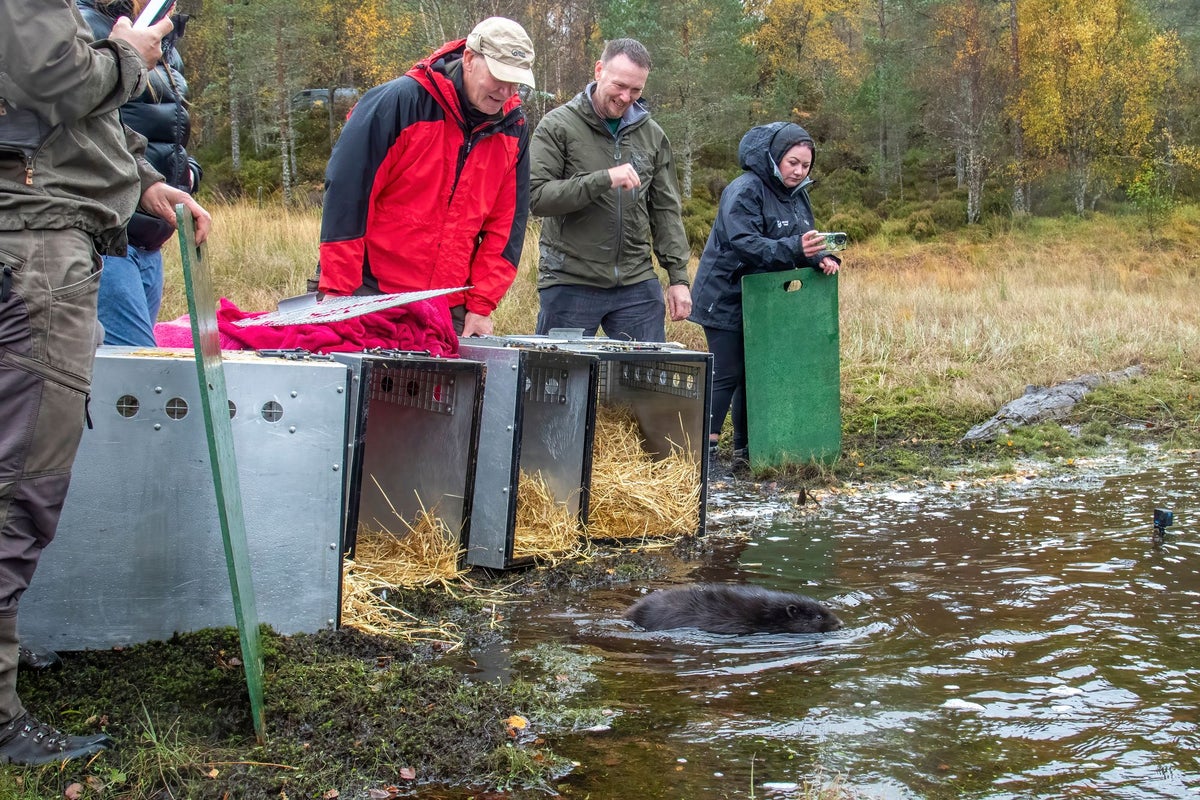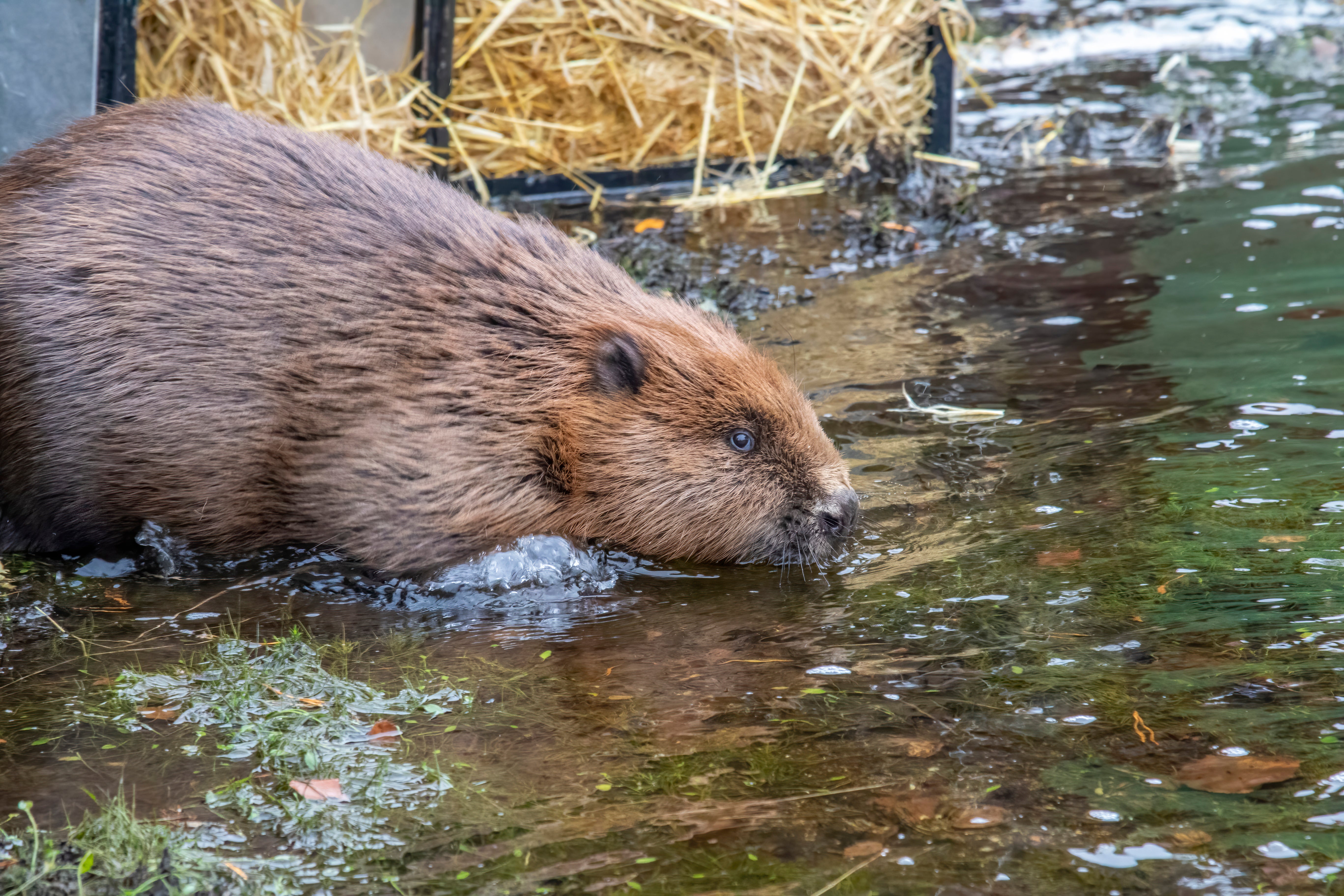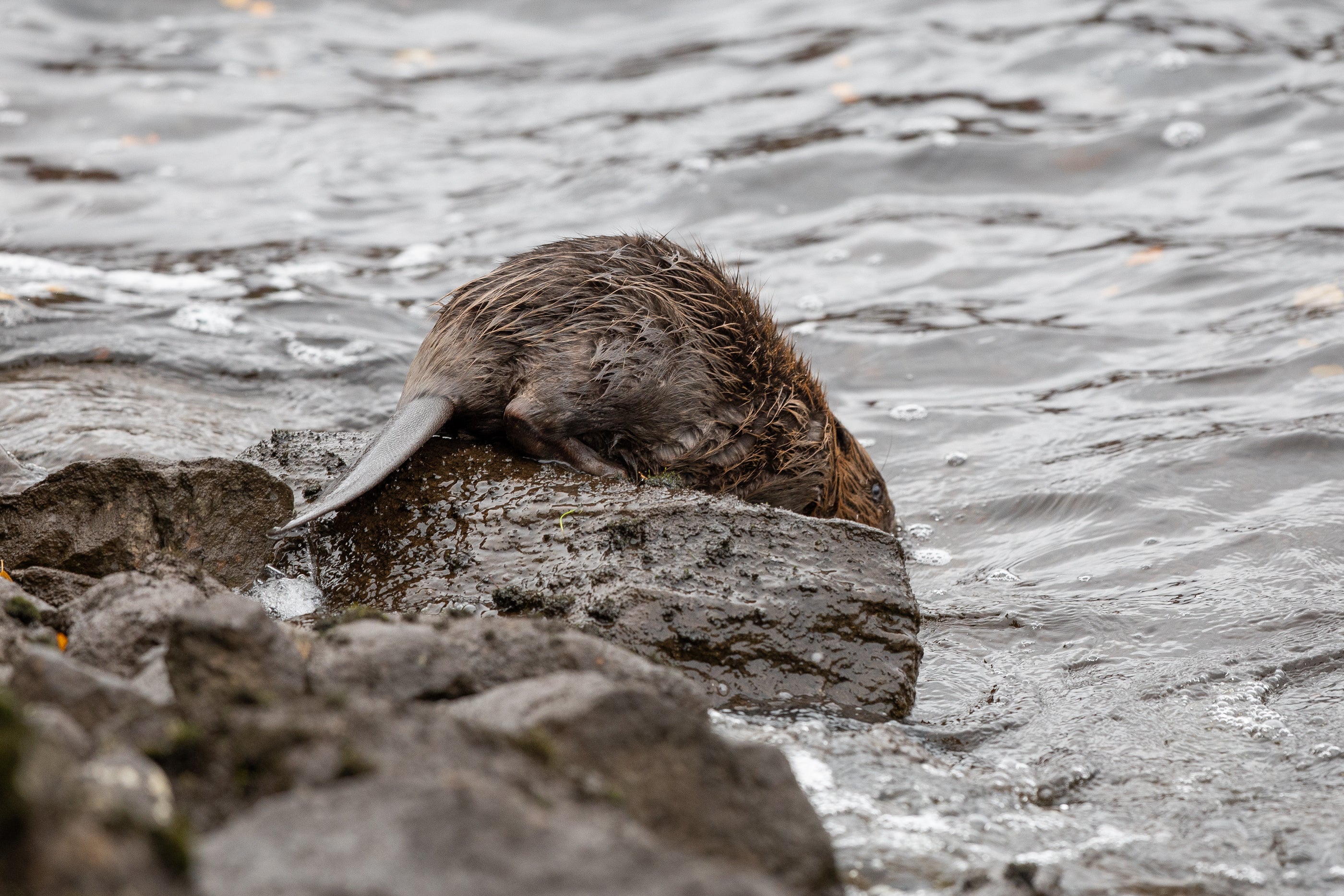
Seven beavers have been released into a Scottish nature reserve for the first time in 400 years.
The reintroduction of the species to Glen Affric National Nature Reserve in Scotland’s northwest Highlands aims to re-establish connected populations of the animals, which were hunted to extinction in Britain four centuries ago.
The beavers include a family of five beavers and another beaver pair, which were released at two sites on the five-mile-long Loch Beinn a Mheadhoin, in the nature reserve in Invernesshire.
They have been relocated under licence from farmland in Tayside. The team behind the relocation – Forestry and Land Scotland (FLS), and Trees for Life, said the beavers’ behaviours are expected to have a positive impact on the landscape and biodiversity.
Beavers create wetlands that benefit other wildlife, purify water and reduce flooding. The animals also bring economic benefits to communities through eco-tourism.
Steve Micklewright, Trees for Life’s chief executive, said: “As we saw the beavers released into the loch, we were watching a moment of wildlife history – offering hope for tackling the nature and climate emergencies, and a better future for biodiversity and people.
“We’re proud to have worked with FLS on this community-focused initiative. FLS has undertaken vital habitat restoration work in Glen Affric over many years and shown real leadership in nature restoration by reintroducing this important habitat-creating, biodiversity-boosting, flood-preventing animal.”
FLS North Region manager, Alex Mcleod, said: “Beavers being translocated to Glen Affric is the culmination of a long, exacting and thorough process for FLS and Trees for Life. Fully engaging with the local Affric communities, including through a detailed consultation process, has been crucial in making sure that all voices were heard.
“This high degree of local consultation has helped put in place processes to discuss any necessary mitigation, and to address concerns raised by those not in favour of beaver introductions. We are establishing a group to oversee ongoing monitoring to inform management decisions in the months and years to come, and I would hope that the beavers eventually become an integral and unremarked part of Glen Affric.”

The reintroduction helps to deliver Scotland’s national beaver strategy – which supports the expansion of the beaver population – and a Scottish government directive calling on public agencies to seek reintroductions of the species on state-owned land out of existing beaver range.
Widely regarded as one of Scotland’s “most beautiful” glens, Glen Affric is home to the country’s third-largest expanse of ancient Caledonian pinewoods, alongside lochs, sweeping moorland, and rugged mountains. Protected under multiple conservation designations, the glen is recognised as a Caledonian Forest Reserve, a national scenic area, and a national nature reserve.

The translocation of the animals to the glen was carried out by Dr Roisin Campbell-Palmer, head of restoration at the Beaver Trust, who said: “Beavers are a powerful ally in turning the biodiversity crisis around, and we’re delighted to have carried out this important reintroduction to one of Scotland’s most famous glens.
“Each new catchment we restore beavers to brings Scotland closer to its 2045 goal of a nature-rich, resilient future. Responsible, well-considered translocations like this are helping re-establish a healthy, connected beaver population across the country.”
Ministers face call to ensure toys are free from ‘forever chemicals’
Thousands of jobs at risk at North Sea oil and gas giant
Northern Ireland urged to trial shared e-scooter scheme
Sir Salman Rushdie: I will never be reconciled with injuries from knife attack
Damp and mouldy homes still an issue as Awaab’s Law comes in, campaigners warn
Southport attacker’s father warned teacher he may become violent







